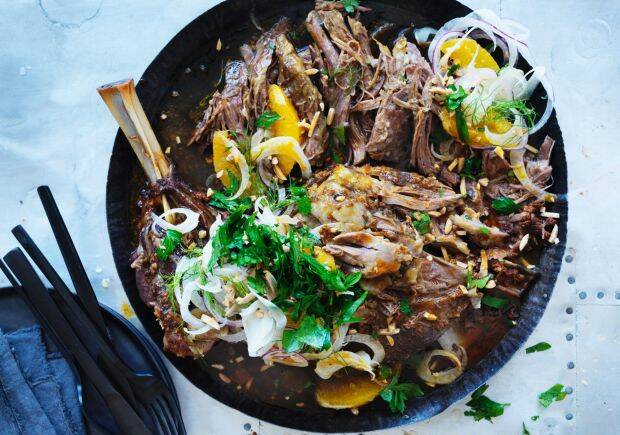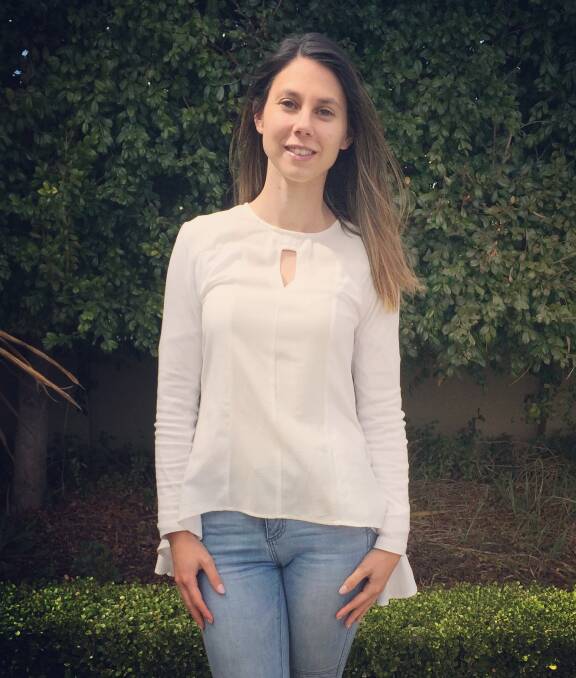Did you know that iron deficiency can be caused by more than just simply not eating enough meat?
Subscribe now for unlimited access.
$0/
(min cost $0)
or signup to continue reading

4.5 per cent of Australians are at risk of anaemia. Our risk increases with age, with 16.0 per cent of people over the age of 75 years predicted to experience anaemia.
Iron deficiency is the most common type of anaemia.
This form of anaemia occurs when there isn’t enough iron in the body to produce haemoglobin, which is vital for oxygen transportation throughout the body.
This is why we often complain of fatigue, vagueness and appear pale when our iron levels are low.
Iron is also needed to synthesis DNA, in the production of enzymes, hormones and neurotransmitters and assists in converting carbohydrates to energy.
Sources: There are two types of iron; haem and non-haem.
Haem iron comes from animal sources and is absorbed ten times more effectively then non-haem iron.
Sources include: beef, lamb, fish and small amounts in poultry.
Non-Haem Iron comes from plant foods and should be consumed with Vitamin C rich foods to enhance absorption.
Sources: Legumes (baked beans, kidney beans and lentils), dark green leafy vegetables, nuts, seeds, yeast extracts and blackstrap molasses.
Tea, coffee, soy protein, wholegrain cereals, unprocessed bran and food and drinks high in calcium can all affect your absorption of iron and should be consumed separately where possible.

Deficiencies: Iron deficiency can present in a number of ways; cold hands and feet, brittle nails, pale skin and a general sense of fatigue and lethargy.
Your mental health can also be affected, with sufferers complaining of brain fog, restless leg syndrome that can affect sleep patterns and worsening of depression and increased irritability.
If you exercise regularly you may find that you become out of breath easily, decreased performance or you may become dizzy or exhausted easily.
An over looked sign of iron deficiency is “PICA”.
Pica is a craving or chewing of a substance with no nutritional value. For example ice, clay, soil or paper.
This is more commonly seen in children or pregnant women with iron deficiency and we are still unsure exactly why this happens.
There are other causes of anaemia other than an inadequate intake of iron.
Excessive running can cause “Foot Strike” Haemolysis, which causes red blood cells in the feet to breakdown as the foot hits the ground.
This can be made worse if you are running on hard surfaces with incorrect footwear.
Recommendations online
Heavy menstruation in women of child-bearing age, increases requirements during pregnancy, and any gut issues that cause mal-absorption (ulcerative colitis or coeliac disease), chronic disease or medical treatments such as chemotherapy can also result in anaemia.
In these cases it is best to talk to your GP as diet modification alone is often not enough.
Recommendations
1. If you are vegetarian try to combine iron and vitamin C in your main meals.
2. Recommended daily intake:
a. Males: 8mg per day
b. Females: 18mg (18-50 years of age) and 8mg (over 50 years of age)
3. Discuss iron supplementation with your pharmacist or GP before starting as
they can cause bloating and nasty constipation.
4. Swapping minced meat for kidney bean in Mexican dishes can increase your
iron intake without increasing the amount of red meat you are having.
5. Add legumes to salads and pasta sauce to increase the fibre, iron and protein
content.
Sources of Iron
Duck (100g) = 4.6mg
Beef (100g) = 3.5mg
Lamb (100g) = 2.5mg
Salmon (100g) = 1.28mg
Chicken (100g) = 0.4mg
Weetbix (30g) = 4.2mg
Tofu (100g) = 2.98mg
Kidney Beans (1 cup) = 3.1mg
Kale ( ½ cup, cooked) = 1.3mg
Almonds (30g) = 1.1mg
Hommus ( ¼ cup) = 1.1mg

